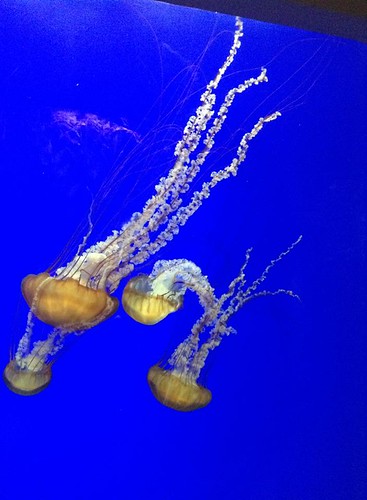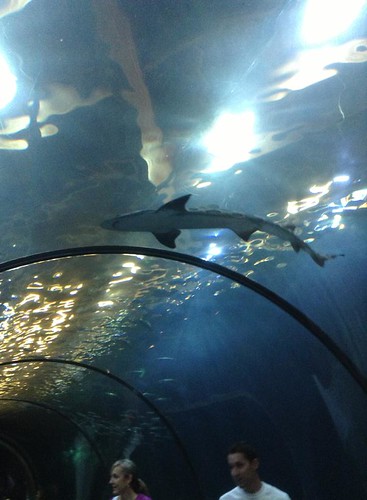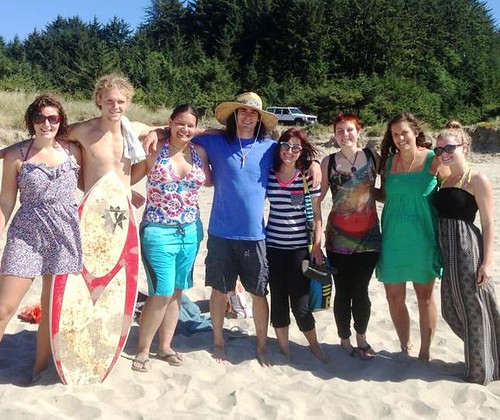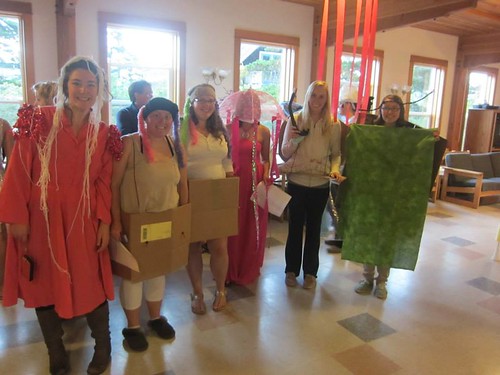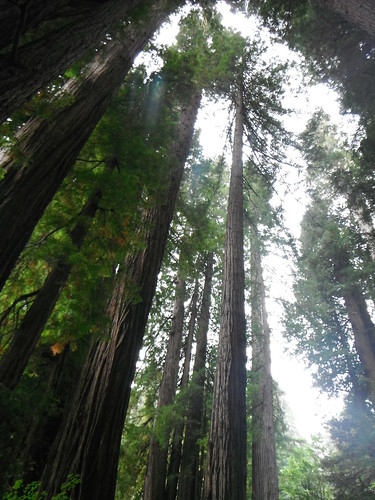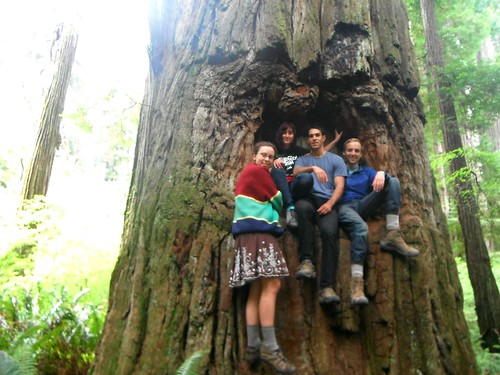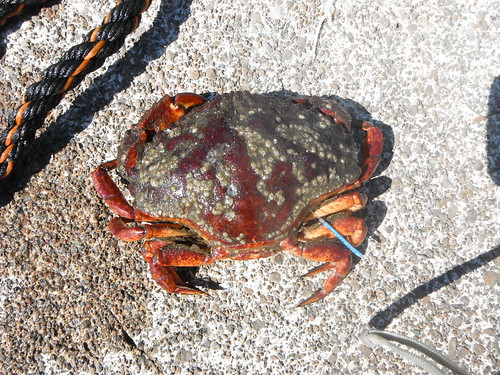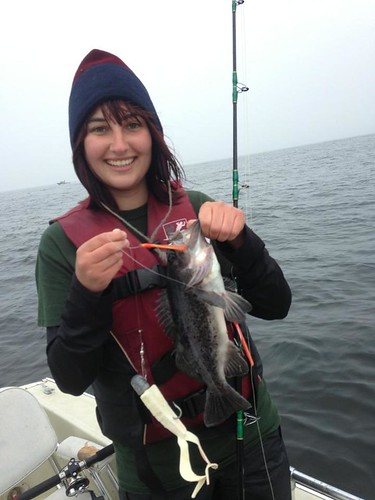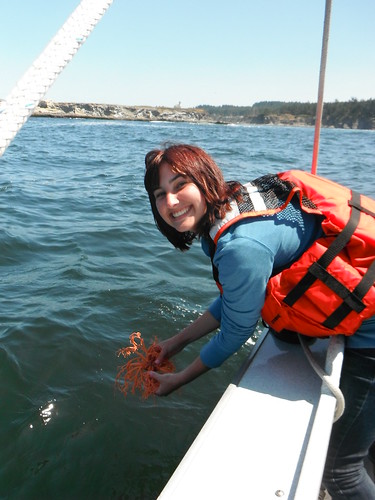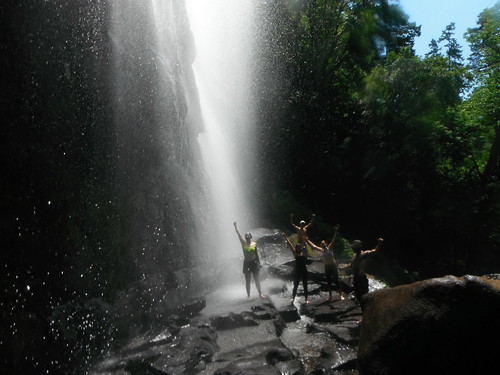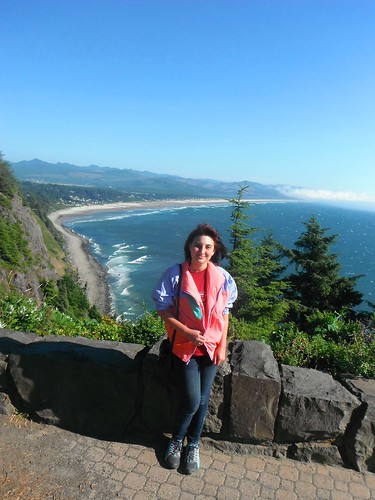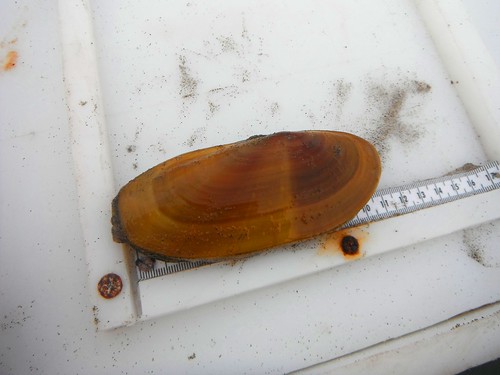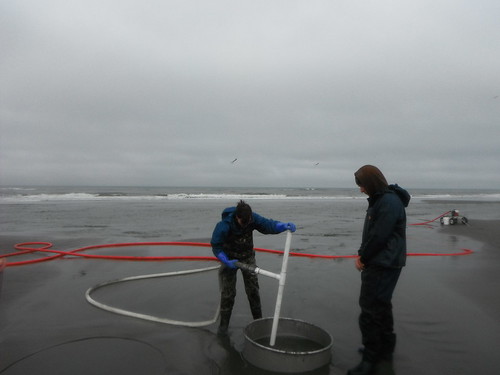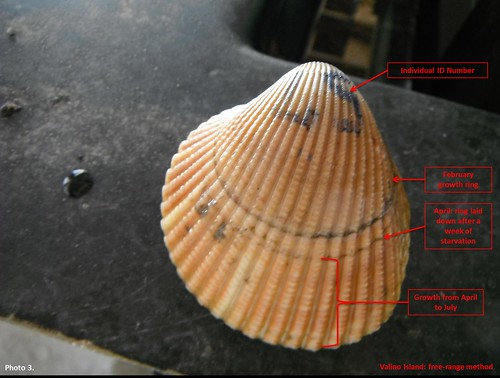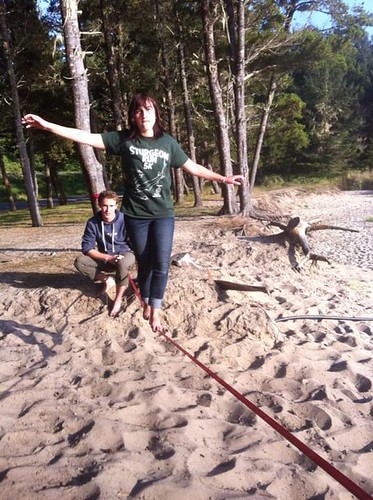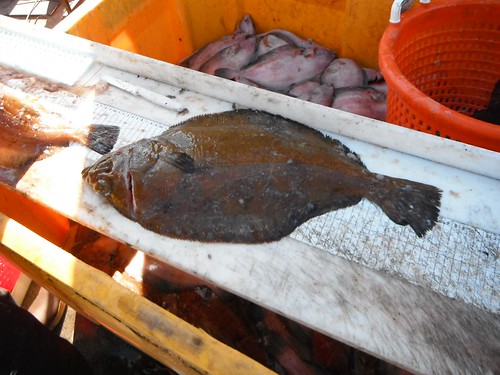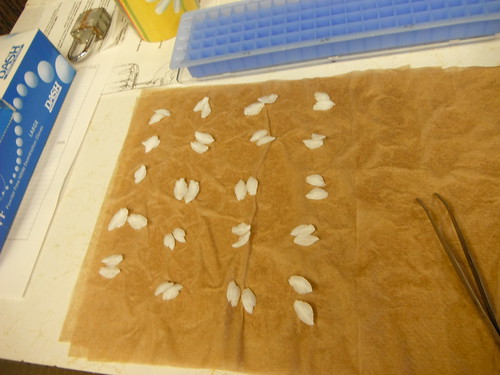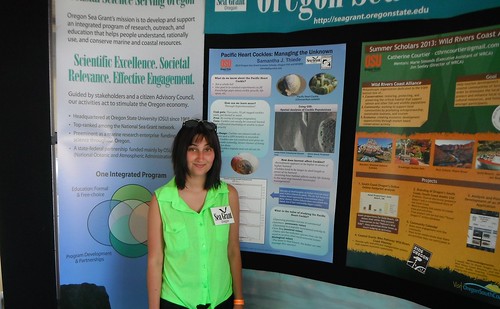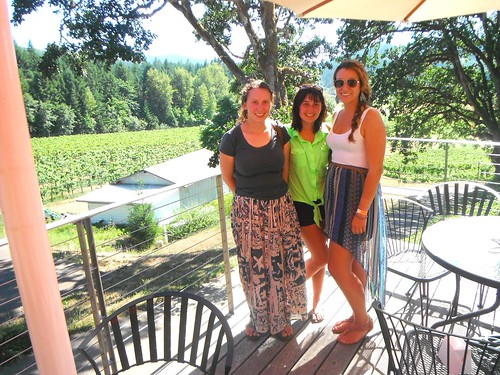Here’s to my first blog post as an Oregon Sea Grant Fellow! It’s been a busy winter as I have transitioned from supporting the Coastal Caucus at the Oregon State Legislature to working with the Oregon Department of Environmental Quality (DEQ), the Oregon State Marine Board (OSMB), and helping to coordinate logistics for scholars applying to the 2019 Oregon Applied Sustainability Experience (OASE).
As a joint project for DEQ and OSMB, I am beginning research on boat anti-fouling paint usage and potential aquatic impacts in Oregon. In case you didn’t know, boaters who leave their boats moored at marinas in salt-water environments often use anti-fouling paint on the bottom of boat hulls to prevent the attachment and spread of aquatic organisms, including invasive species. The use of anti-fouling paint in freshwater environments is less common as there are very few organisms that are classified as “fouling” that would be of concern for attaching to the bottom of a boat. Boat bottom paint comes in many different forms with an array of different chemicals (or no chemicals such as an epoxy based paint). In addition, the majority of boats in Oregon are “trailered” meaning they hardly ever spend an extended amount of time being moored in the water and are primarily day use boats where applying an anti-fouling paint to the boat bottom, would not be necessary. One of the more common elements in anti-fouling paint is copper. As this chemical slowly leaches out of the paint, any organisms trying to attach to the surface of a boat, find it undesirable and thus don’t attach. However, numerous studies indicate that high levels of copper can negatively impact salmon and potentially cause other unwanted harmful water quality conditions. DEQ and OSMB developed this project to increase place-based knowledge relating to anti-fouling paint usage, and potential, if any, aquatic impacts in Oregon.
It’s a new-to-me research area, plus fascinating and challenging, as copper is an essential nutrient at low concentrations, and is an abundant trace element that occurs naturally in the Earth’s crust and surface waters. In fresh water environments, levels can frequently fluctuate (toxic/not toxic) due to changes in temperature, pH, dissolved organic carbon (DOC), concentrations of cations such as calcium, magnesium and sodium, variations in alkalinity, etc. Too much copper can be a serious issue to aquatic organisms, and it can negatively impact salmon by impairing their sense of smell, which in turn, may negatively impact their ability to travel for spawning, avoid predators, etc. And it’s not just salmon, if copper levels are too high, other fish in fresh water, like trout, can experience reduced resistance to diseases, altered swimming, impairment to respiration, blood chemistry, and more.
That’s where I come in… I am currently in the processing of collecting data, reading studies, connecting with water quality experts, and beginning my connections with boaters/marinas/boatyards to compile a report that will summarize and provide some clarity on current anti-fouling practices and known levels of copper in some of Oregon’s salt-water and fresh water environments.
I am also currently assisting with the 2019 Oregon Applied Sustainability Experience (OASE). A joint program of Oregon Sea Grant and DEQ, OASE will place seven student interns at host businesses in Oregon to help analyze the company’s waste streams and to research and recommend process improvements that will lower operating costs while reducing negative environmental impacts. For the past month, I have been assisting with the preparation and organization of the administrative portions that will assist the team at Oregon Sea Grant and DEQ, and me, as I provide near-peer mentoring support to the selected candidates during their 10 week experience. Host businesses have been selected and students can apply now. This should be an exciting and fun project and I can’t wait to hear about the creative ideas for reducing waste that the interns develop over the upcoming summer months.









